Relics of a lost gay leather and fetish bar

Image taken from @backstreetlondon
For 37 years, The Backstreet was London’s longest-running gay leather and fetish bar. Here, the owners talk us through the stories behind some of the venue's most memorable items.
Culture
Words: Simon Doherty
Between 1985 and 2022, if you strolled down a certain unassuming, graffiti-splattered alley in East London, you would arrive at an unmarked door to the city’s longest-running gay leather and fetish bar, The Backstreet.
John Edwards, 70, founded and ran the club for 37 years. In 2004, his friend Mark Allnutt, 44, joined him working behind the bar. The dress code was strictly enforced. To get in, you had to be wearing, or be about to change into, full leather or rubber. If it was your first time, you’d be allowed to rifle through “The Box” of unclaimed lost property to assemble a suitable look. In later years, they hosted themed club nights, like BLUF (breeches and leather uniform), Unzipped (totally naked) and Unzipped Light (totally naked, or jock, underwear or fetish gear).
After surviving a number of hurdles over the years – the AIDS crisis, a smoking ban, attempts to redevelop the building, a global pandemic – the club tragically succumbed to the rapidly accelerating cost of living crisis. After receiving a £4,000 heating bill, they were forced to shut in July last year. London lost a cultural gem.
The Museum of London recently obtained some objects and photographs from the bar, relics from an iconic era of the London fetish scene. THE FACE asked Edwards and Allnutt to talk us through some of them.
Hoods
Mark: One of [the hoods] used to hang behind the bar, it was always there hanging on an old optic. I don’t know when it was put there. And the other one I think was from The Box, we would lend it out. A lot of these bits and bobs were lost property or donated.
John: The thing is, if you have a thing for hoods, you get it. If you don’t have a thing for hoods… Well, then it’s just a hood. It’s like boots: some people regard them as just something that you put on your feet, but for others they are a whole different thing.
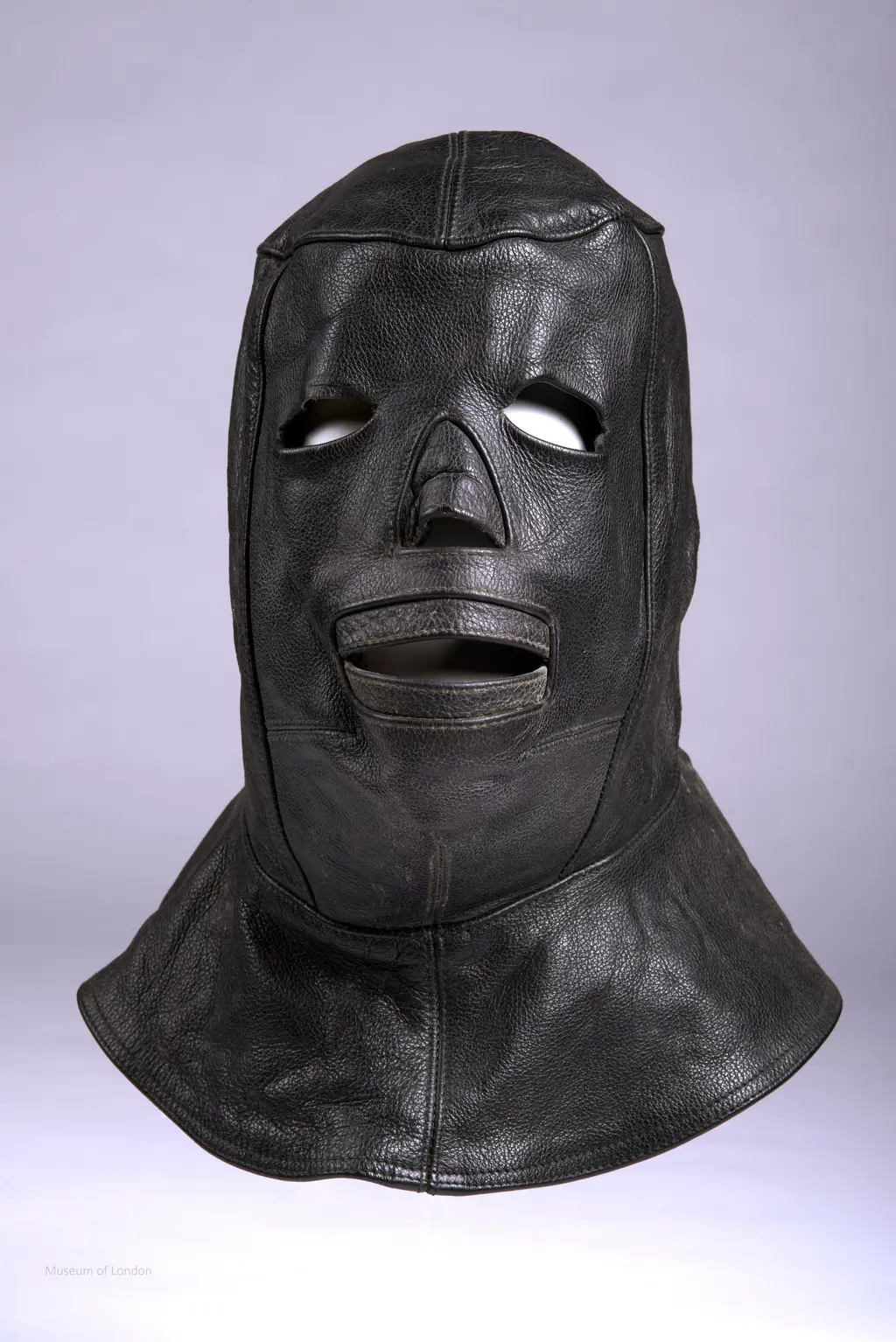
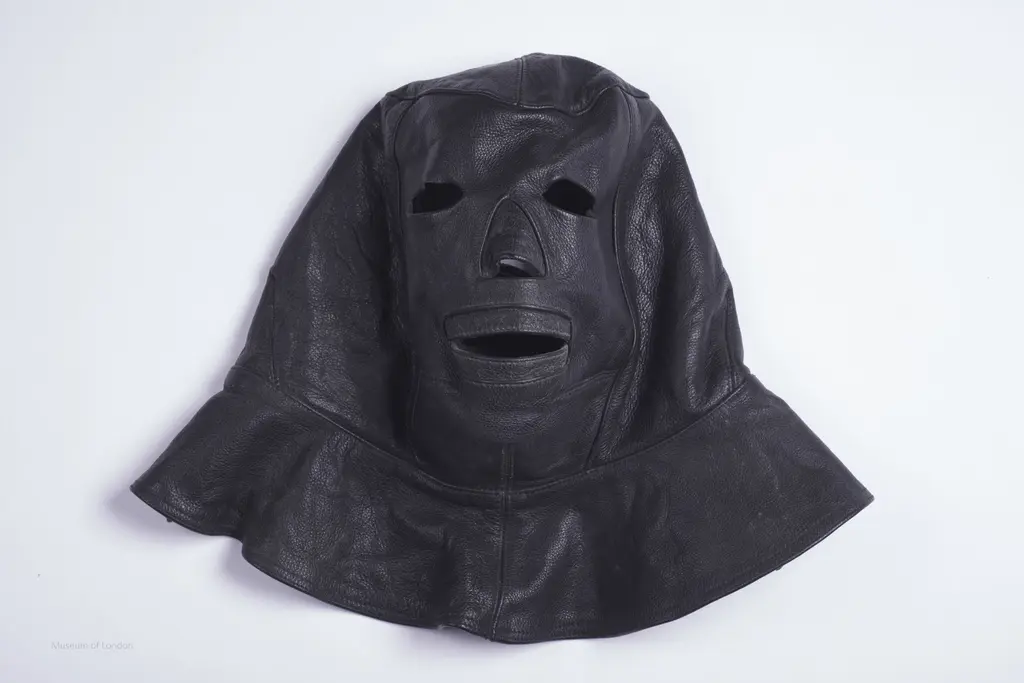
Boots
Mark: I think the boots played a big part in the club’s history. I mean, there were hundreds of pairs hanging up on the ceiling. When I first arrived, you could get in for free before 10:45pm if you were wearing tall boots. I’m not sure how the door prices went up over the years, but on New Year’s Eve it was £10 for members and £15 for non-members. We were good value.
John: Initially [in 1985], £1 was the basic price for a pint of beer. That gives you an idea of how the prices changed.
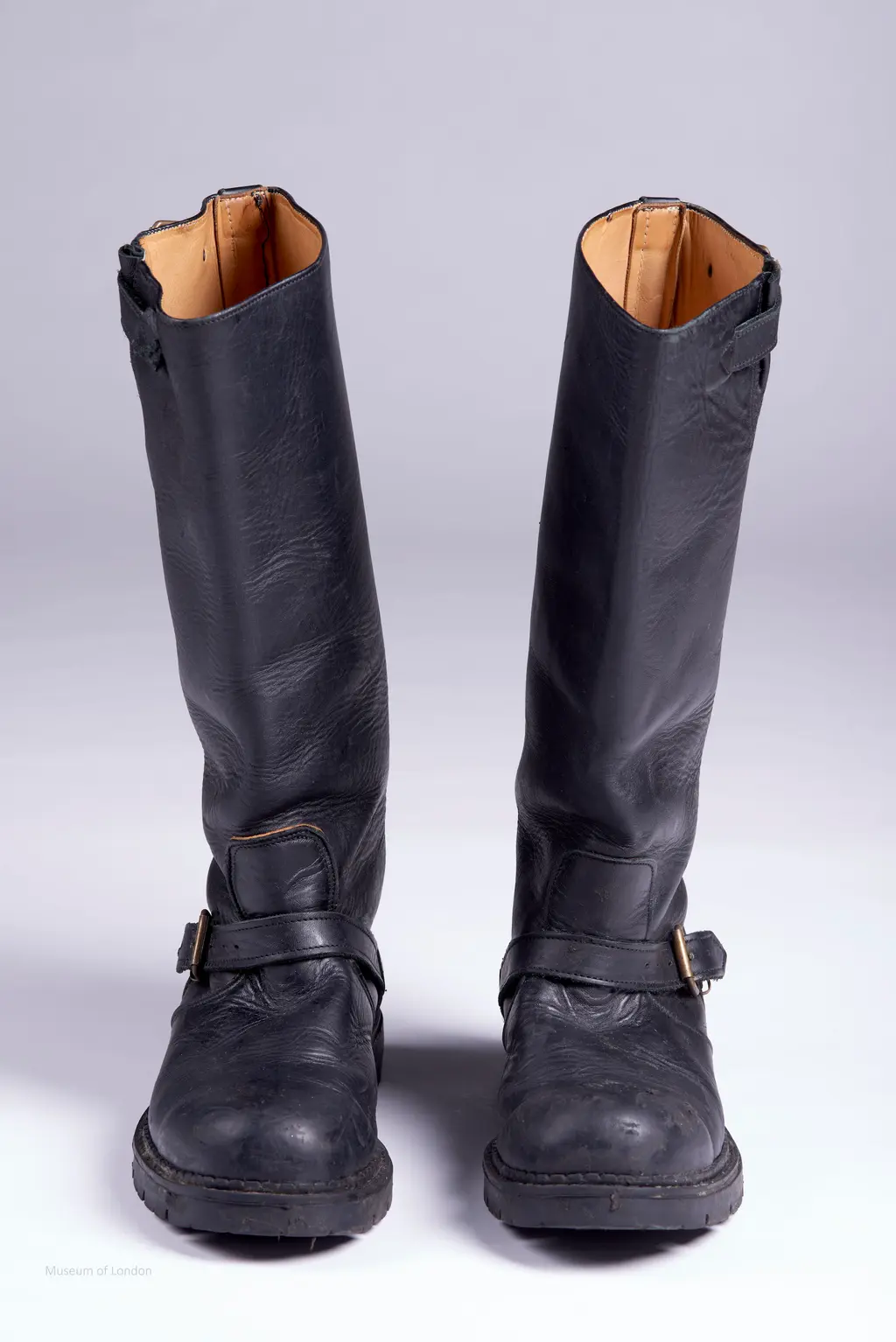
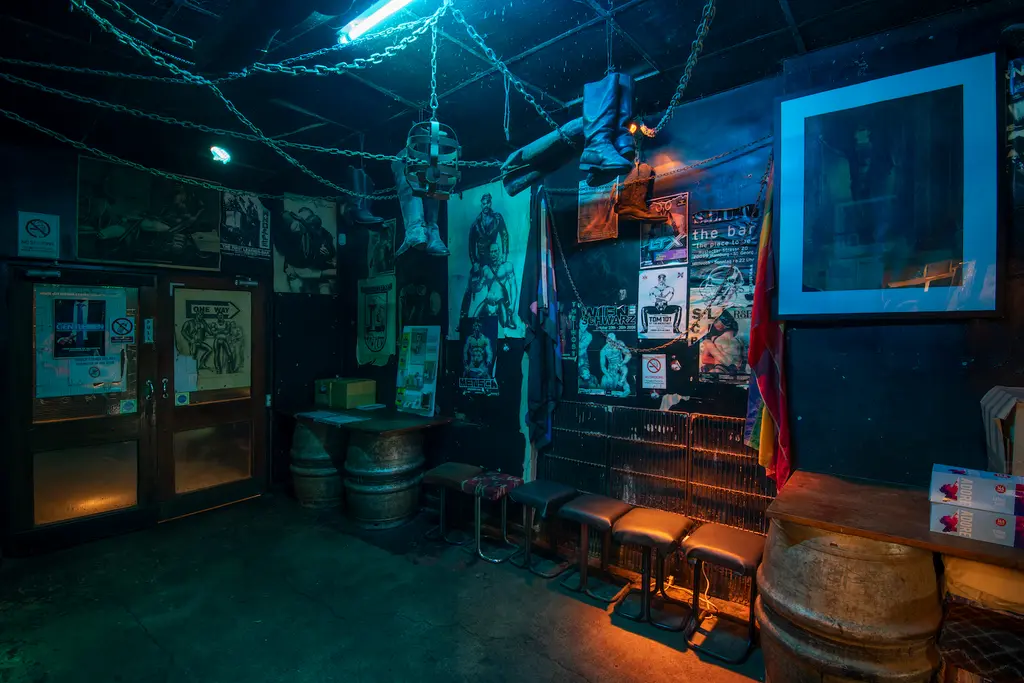
Beer token

Mark: You used to get a free beer included in the entrance fee on nights that didn’t attract big drinkers, like Wednesdays or Sundays. We figured if they got a free drink, it would maybe encourage them to buy more.
John: Initially, in the ’80s and ’90s, people tended to buy much more drink. For some people, six pints was their regular amount. But towards the end it was much less. Young people now drink less.
Mark: I wonder if it’s because it’s cheaper in supermarkets, so you have a drink first and then go out.
Banner
John: This banner was originally carried in the gay pride march once a year, but for the rest of the time it was hanging in the club.
Mark: I didn’t know of its existence until about 10 years ago. I found it in the back of a cupboard and hung it up. We have photos of John carrying it in the early-’90s.

Matches
John: It used to be that all bars or clubs would have some matches, almost like a flier. In 2007, the law changed: one was not allowed to have smoking inside the club, so the matches became less popular.
THE FACE: How did the clientele react to the new rules?
John: Very, very badly.
Mark: For a lot of them cigars are a big part of the look. We had six months in between the smoking ban and us getting our smoking area, and business did go down. But it picked up again.
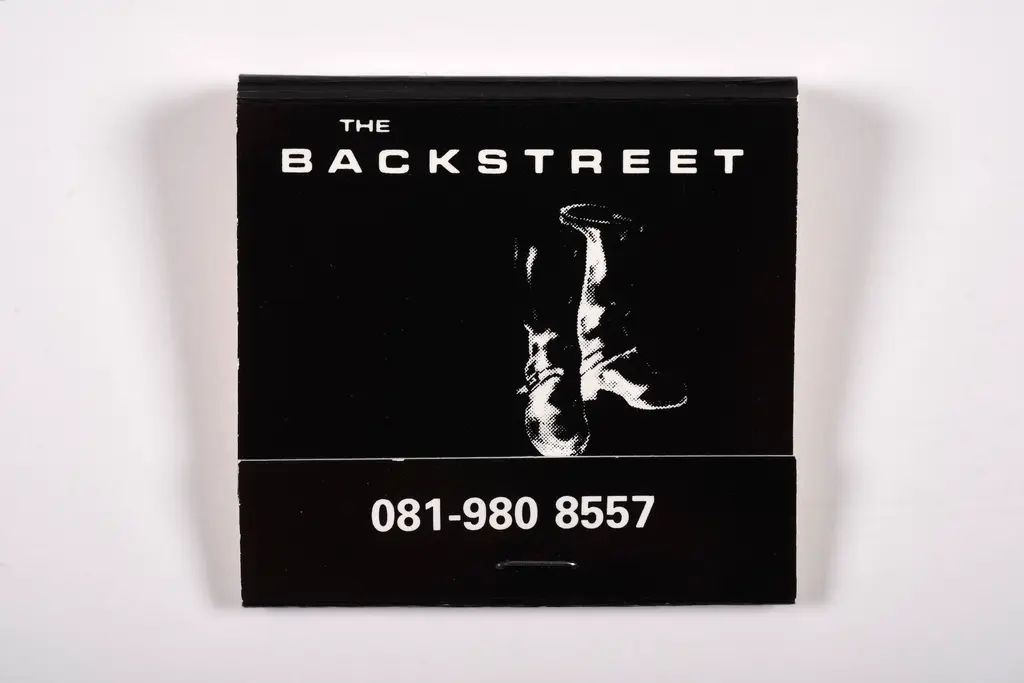

The Main Room
John: We had some customers who were young, 18 or 19, and some who were in their 70s.
Mark: The oldest customer I was aware of was 92. It was all walks of life, really. The only thing they all had in common was a fetish for leather or rubber. The younger crowd tended to be more into rubber – I think for financial reasons as it’s much cheaper than leather.
John: We’d open at 10pm and carry on until 3am, generally. On Friday and Saturday we could go on longer, until 5am if we wanted to. It was very warm, people would talk and drink and smoke but always in leather or rubber – that was the thing that made it different. In the early days, there was no sex. Mrs Thatcher would not allow it and we would be shut down. That changed when Tony Blair came into office in 1997. He was a looser kind of man.
When we first opened 30 years ago, there was tremendous discrimination because of the AIDS crisis. In those days, if one went to a building society and said, “I’m gay, can I have a mortgage?” They would say, “no”. People could come to The Backstreet and feel that they were safer.
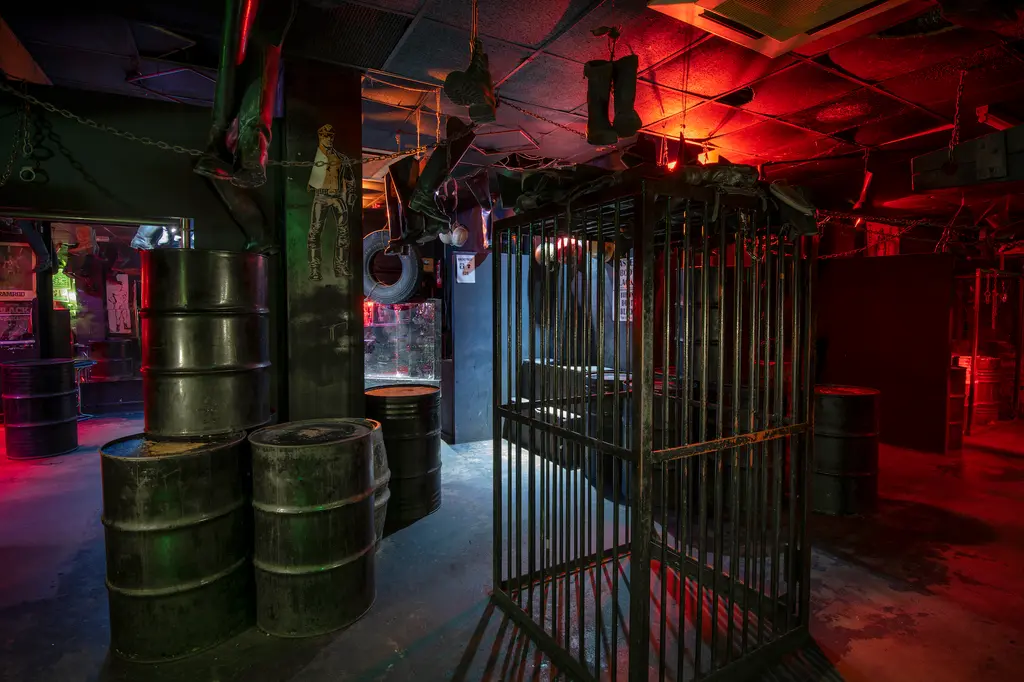

The last night
Mark: The final weekend was extremely busy and it was one of the hottest weekends of last year. Everyone was in their leather and rubber, so the floor was wet with sweat. We had 224 people on that last Saturday. Some people flew in for it. It was emotional. There were people who were close to tears. I don’t think I’ve hugged so many people in all my life. We dropped the phone ban for the last hour. People could take a photo which you were never allowed to do [before]. It just seemed like a place that would go on forever, it felt like it would never close. It’s weird now that it has.
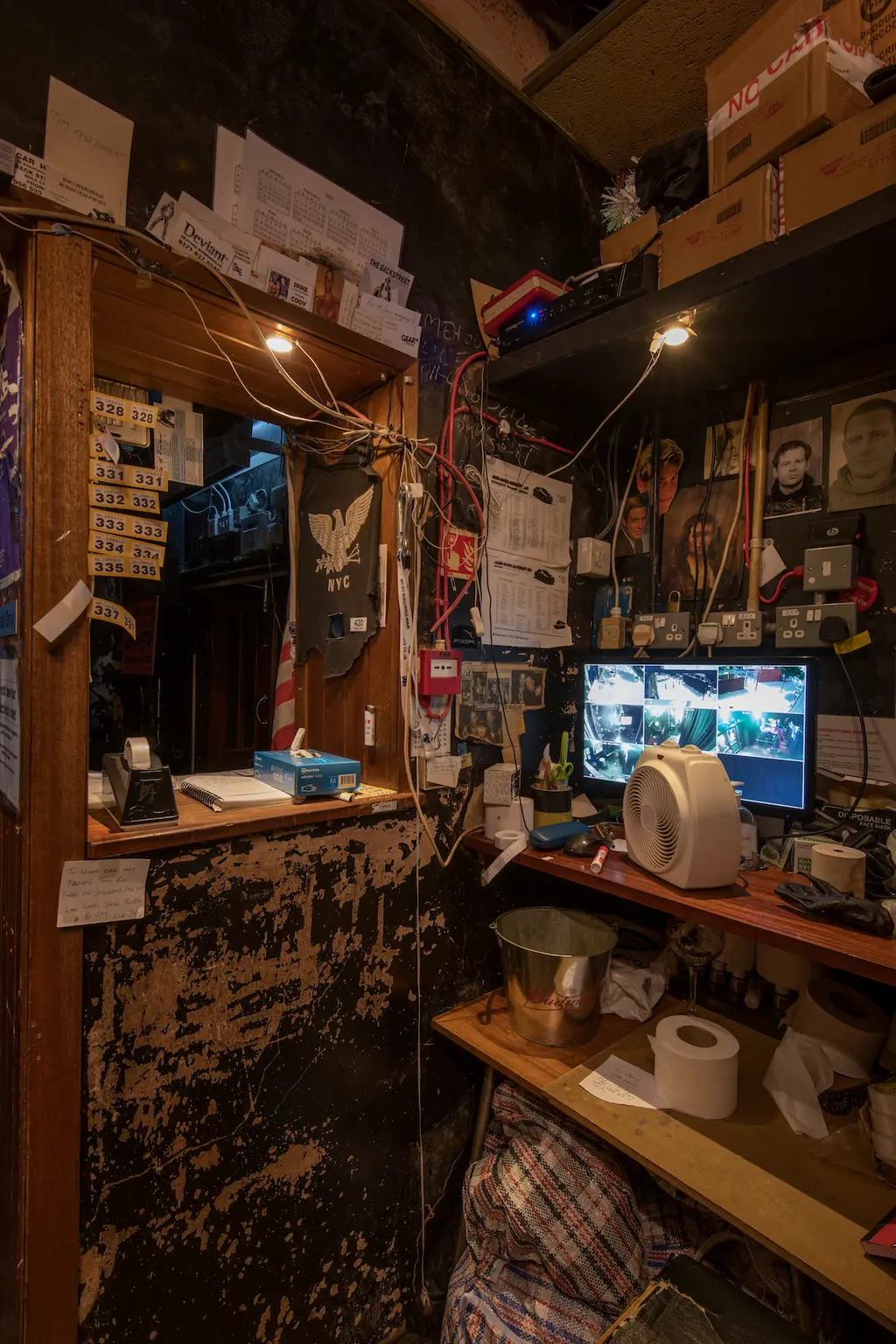
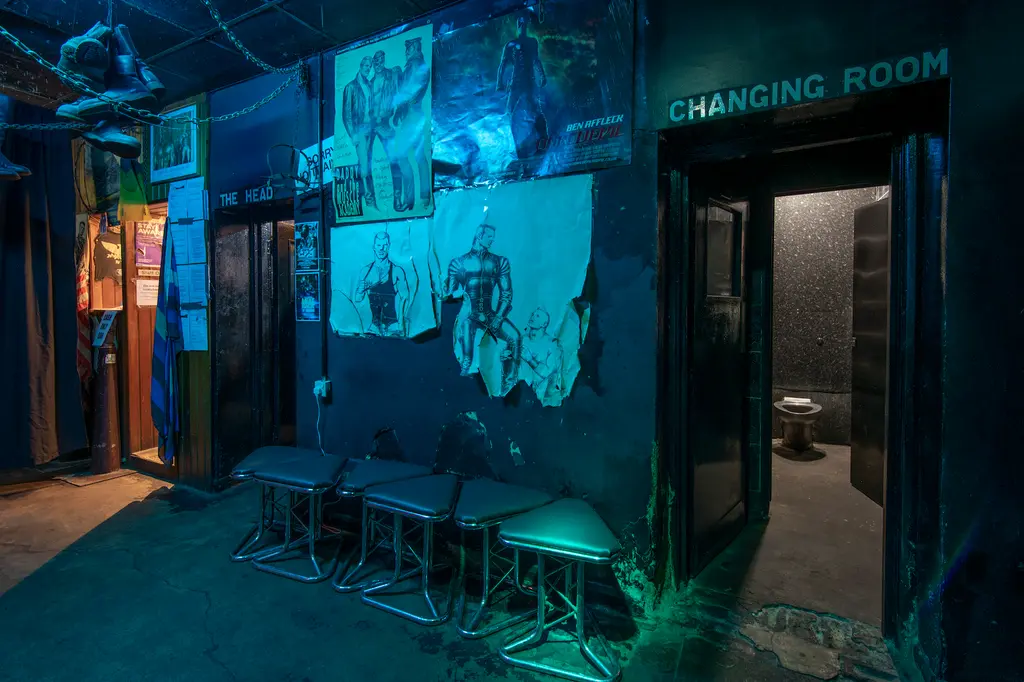
Mark and John are currently crowdfunding for a documentary celebrating The Backstreet and its community.
Images courtesy of © Museum of London/the copyright holder











